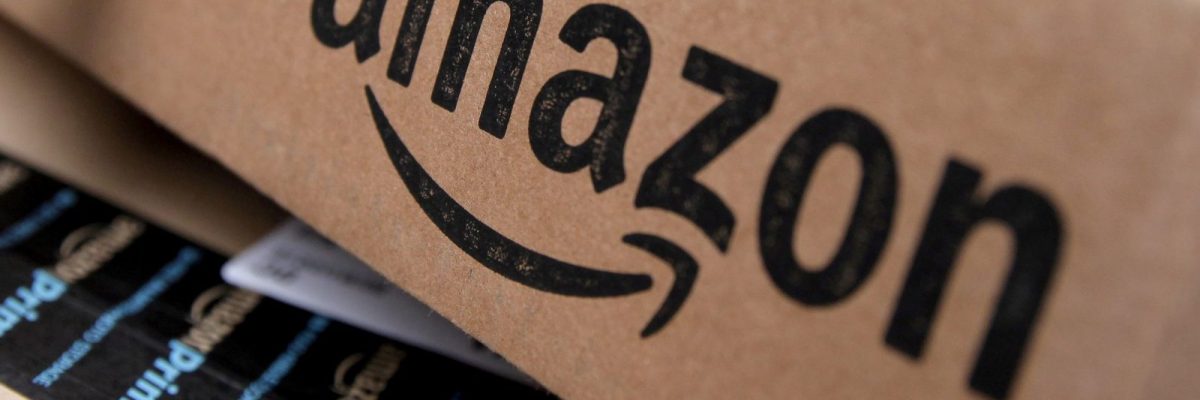Over the 2017 holiday season, Amazon did quite well. But so, too, did Walmart, Target, Best Buy, Costco and a host of other retail companies whose death has been forecast for years by many of those same economic pundits. The reality is that selling consumer products is a tough business, both online and at brick-and-mortar locations. To succeed, a firm has to remain hyper-competitive, committed to customer attraction and fulfillment, and vigorous in pursuit of logistics efficiency and cost reductions.
That is the lesson of Christmas ‘17. To survive in the Internet age, traditional retailers need to evolve and adapt. RadioShack, Toys “R” Us, Payless and Sports Authority could not. Like A&P and Woolworth decades before it, iconic Sears seems destined for oblivion. Macy’s is in big trouble, but has not succumbed, at least not yet. But other traditional retailers have changed in positive ways that enhance their competitiveness, revenues, and profits by offering consumers lower prices, increased “engagement” and better shopping experiences.
As the Wall Street Journal reported, “This year, Amazon.com didn’t steal retailers’ Christmas.” A few pertinent examples:
- Best Buy, whose stock price is up 74.5% over the past 12 months, limited some popular Black Friday products, like the Nintendo Super NES, to its physical locations in order to drive “foot traffic” in stores.
- Walmart, which is riding high on its stellar earnings and comparable store sales record, “made a big bet on digital” and added tens of millions of products to its own website; heading into the holiday shopping period 75% of the hottest toys sold were on walmart.com, the highest percentage of any traditional retailer.
- Target, which announced fourth quarter earnings estimates twice Wall Street’s expectations, spent $550 million to purchase Shipt — bringing same-day delivery to about half of its stores by early 2018 — and continued substantial investments in supply chain management, remodeled retail locations and a massive restructuring of pricing.
- VF Corp. — which owns retailers Timberland and The North Face along with established clothing brands like Wrangler — reported a direct-to-consumer revenue increase of 18% in Q3 2017, with digital revenue up 38%, and has been heralded as a pioneer in use of NFC (near-field communication) technology to merge the physical and digital worlds of e-commerce.
- Even discount warehouse leader Costco, which recorded estimate-shattering same-store sales growth of 11.5% and a digital sales increase of 33% in December, hasn’t seen its revenues eaten by Amazon “at all.”
These are all illustrations of good old-fashioned competition. Not too long ago, no traditional retailer offered online ordering and same-day in-store pickup (dubbed “buy online pickup in-store,” or BOPIS, by the industry). Now it is common, almost a necessity; a huge 45% of Home Depot’s online orders are picked up in store. Not long ago, few traditional retailers outside the grocery sector operated their own warehouses and trucking fleets. Walmart and “distributed order management” made that a competitive advantage. And until 2017, few traditional retailers offered same-day home delivery. Now we’re seeing a wide array of brick-and-mortar companies — not just Target, whose Shipt-powered service launched February 1, but also those extremely low-margin supermarket chains — acting more like Amazon and Domino’s than Sears or Macy’s.
Part of this retail revival is a result of what is termed “omnichannel marketing”: providing a seamless shopping experience at physical locations and through an array of consistent digital channels that differentiates retailers from peers and offers a competitive edge over online-only competitors by leveraging store assets. In other words, not only is it important to have a digital presence, it’s critical to have one that is integrated with retailers’ physical footprints as well.
Lowe’s, for instance, attributed its 33% online sales growth in 2017 to a “best-in-class omnichannel offering.” As a Harvard Business Review study found last year, “omnichannel capabilities drive the engagement of core shoppers with the retail brand and ultimately draw them to the physical store.” That changes the customer experience in ways traditional retailers are only beginning to exploit:
As mundane tasks like checkout and inventory are automated, employees are trying to deliver the kind of customer service the Internet can’t match. So a Best Buy employee who used to sell electronics in the store is dispatched to customers’ homes to help them choose just the right products. A Wal-Mart worker dashes in and out of the grocery aisles, hand-picks products for online shoppers and brings them to people’s cars.
Retailers Alter Worker Tasks to Combat ‘Amazon Effect’ | Associated Press
These are all illustrations of how the push by Amazon into new markets, and its core focus on consumer satisfaction and data-driven logistical efficiencies, has been a good thing. Those traditional brick-and-mortar chains that “get it” and apply the lessons of Amazon’s success — indeed, go beyond replicating to surpass and differentiate from Amazon — are prospering and growing, not dying. Conversely, “retailers that do not provide a compelling draw for their customers may not make it.” Once bland Walmart, for instance, “has changed dramatically over the last five years” and as the Motley Fool opined, is now “positioned to thrive in the new retail environment.” More broadly, despite those dismal predictions of demise, retailers overall recorded a fourth consecutive month of gains in December, making 2017 the strongest year for retail sales growth since 2014. Like Mark Twain, reports of the death of retail from the so-called “Amazon Effect” were greatly exaggerated.
The most recent, alarmist calls about Amazon stem from a new venture with JPMorgan Chase and Berkshire Hathaway in health care. That follows last year’s frenzy over Amazon’s acquisition of organic supermarket Whole Foods, which proved to be a nothingburger from an antitrust perspective (witness Instacart’s impressive growth). Yet if the consumer retail sector is a predictor, Amazon’s disruptive entry into these and other new spaces can only be positive, forcing lazy incumbent firms in concentrated industries to innovate, meet customer needs, and drive efficiencies in their supply, fulfillment and distribution systems — while paying better wages to employees, too.
The much-ballyhooed “retail apocalypse story” is simply false. To the contrary, the lesson from Christmas ‘17 and the beginning of 2018 is that Amazon is good for consumers, good for competition and, yes, good for traditional retailers. Leave it be.
Originally prepared for and reposted with permission of the Disruptive Competition Project.


